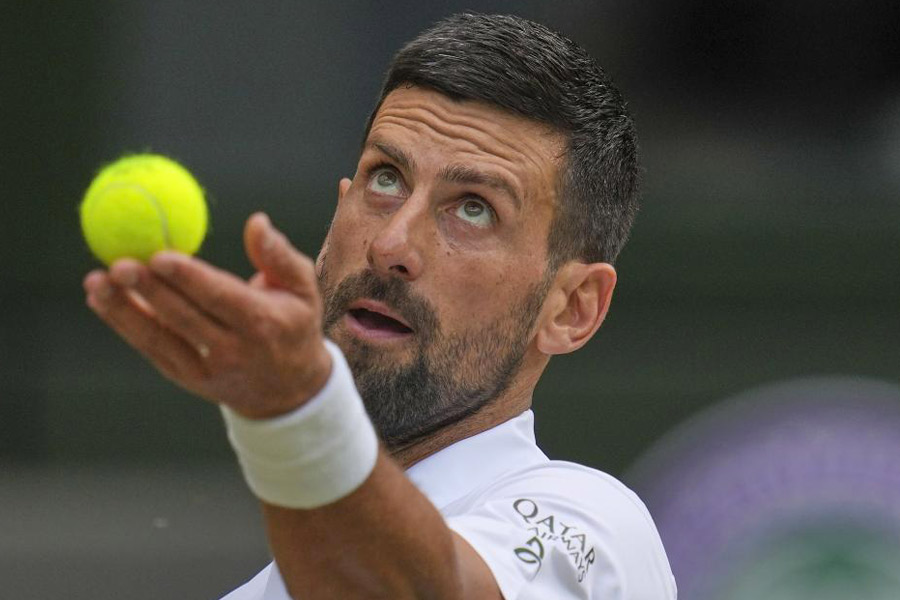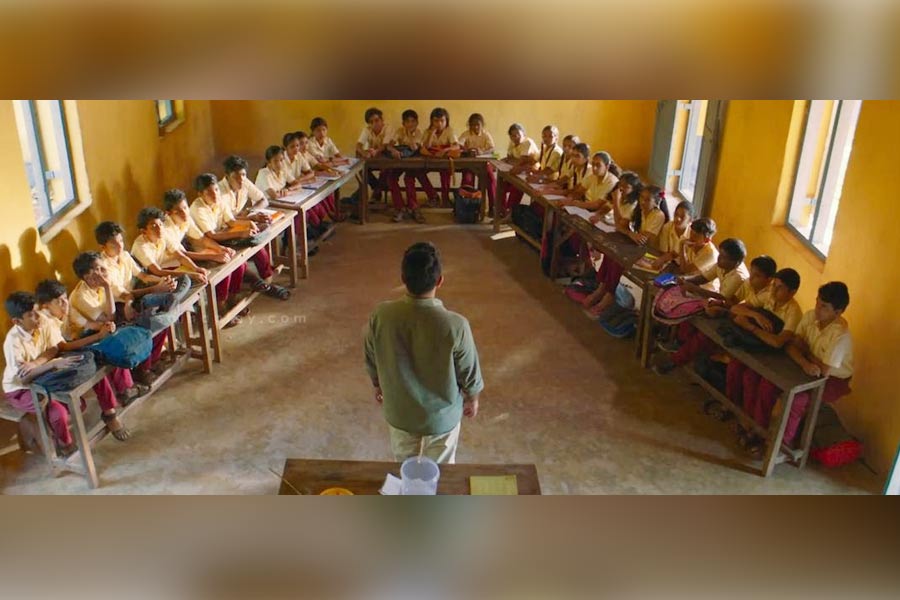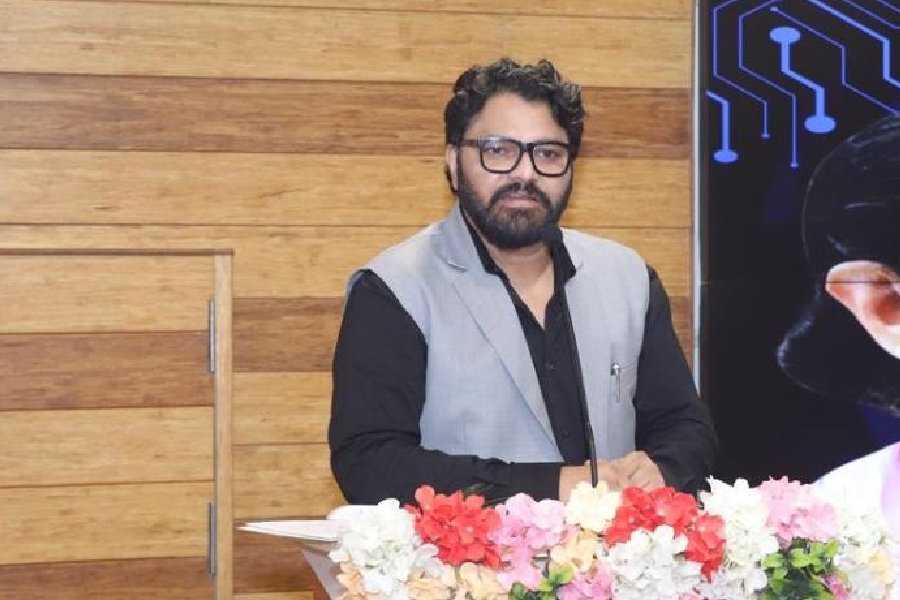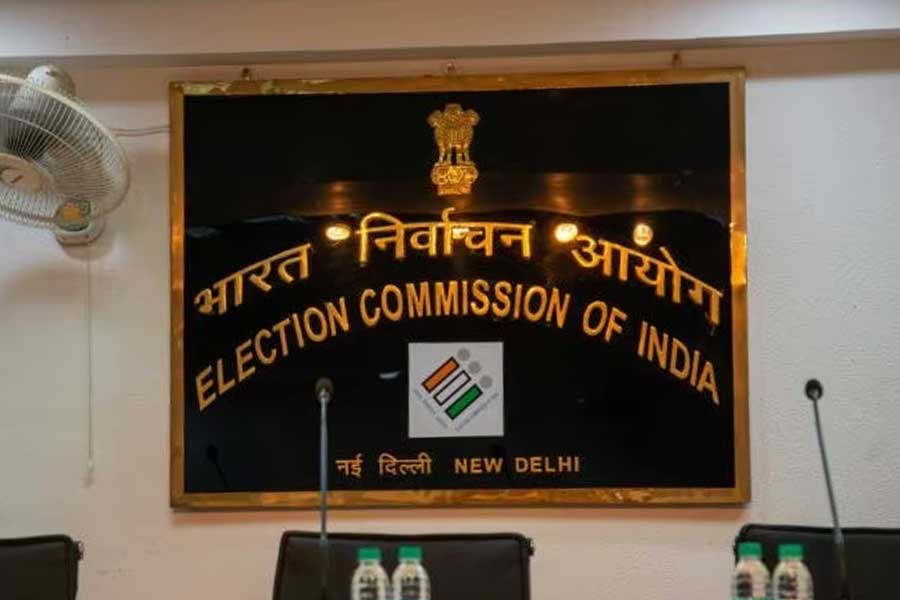Stuck with huge rupee assets from cheap oil sales to India, Russia is exploring the possibility of setting up joint ventures in the country for products that are in shortage in the sanction-hit nation.
Analysts said the items of interest could include generic drugs and auto components, though the setting up of such manufacturing bases is at an early stage of consideration.
A lopsided trade relationship with India is forcing Russia to accumulate up to $1 billion each month in rupee assets that remain stranded outside the country, swelling the stockpile of capital it’s amassed abroad since the invasion of Ukraine.
Russia has emerged as a top supplier of oil to India over the past year, settling a greater share of trade in national currencies and redirecting shipments east as traditional customers in Europe shunned purchases after the war began over a year ago.
But with imports from India stagnating, Russia is ending up with an excess of rupees, which its companies have trouble repatriating because of local currency restrictions. Deadlock over a solution has left Russia expecting the surplus to rise further, according to people familiar with the negotiations.
A Bloomberg report recently said that the trade imbalance between India and Russia will generate close to $2-3 billion every quarter that Russia cannot use. India ran a trade deficit of nearly $15 billion in the first quarter of this calendar year.
With both sides looking at a solution, bankers said Moscow is keen for the trade be settled in other currencies such as the yuan or the dirham.It is understood that not much headway has been made in this regard even as India is seen as not being comfortable in zeroing on the yuan.
“We need to use this money. But for this, these rupees must be transferred in another currency, and this is being discussed now,” Russian foreign minister Sergei Lavrov reportedly said early last month on the sidelines of the Shanghai Co-operation Organization (SCO) meeting in Goa.
Nandan Unnikrishnan, distinguished fellow and Russia expert at Observer Research Foundation (ORF) told The Telegraph that though the difficulties in holding the rupee stockpile will not spoil the relationship between the two nations, it does require India to think innovatively about how the money should be sent across.
He added that while there are various options available, India has to make up its mind on what course it will take.
“Yes, it’s an issue, it is causing some tension. But if both sides show adequate flexibility and political will, it is not something that cannot be resolved. Even if a resolution is not found at a bureaucratic level, if there is a meeting at the highest level between Russian President Vladimir Putin and Narendra Modi, it can be resolved. It’s another reason for both of them to meet,’’ he said.
On the options available to the two countries with the rupee, he said joint venture manufacturing projects in India are one such choice before the parties — particularly for an item that Russia cannot get because of the sanctions.
Russia could produce the products at factories in India and import them.
“These kinds of solutions are possible without violation of sanctions. But it requires some political will and drive because setting up a manufacturing unit is not an easy process in India,’’ Unnikrishnan said.
He said the two countries can first pick low-hanging fruit in the form of facilities for generic drugs.
There are others also such as spare parts for automobiles since Russia is finding it very difficult to access them under the sanctions.
“The other option for India is to convince Russia to invest in the military-industrial sector in India. But we must apply our mind to what could be produced here. Any manufacturing has to be commercially viable,’’ he noted.











